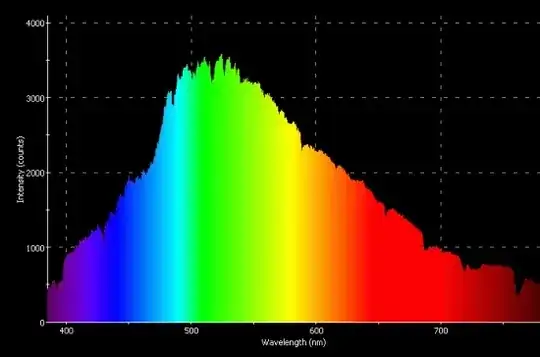My answer is a Reader's Digest version of various Wikipedia articles based around your question.
I was thinking about how the sun outputs bajillions of neutrinos (about 7 x 10^7 per second per cm^2) and how their mass is extremely small and their speed extremely close to the speed of light. ... I have no intuition for how that product works out. Is the energy output substantial? I've heard that the energy output of the sun is one kiloWatt per square meter on earth. Does that include the neutrino energy?
For neutrinos in particular, solar neutrino maximum flux is derived directly from proton-proton reactions, at an energy level of up to 400 keV. Other methods of neutrino production account for neutrinos with energies up to 18 MeV. But the important detail you might be interested in is that the Earth receives a neutrino flux of around 7·1010 particles/cm$^2$/s.
Now all you have to do is extrapolate the neutrino flux that the Earth (diameter 12756.2 kilometers) receives, to the presumably spherical region that you are interested in.
I'm curious about the energy output of the sun, and how it breaks down. What fraction is from EM radiation, solar wind, neutrinos, et cetera? How does energy output vary over the EM spectrum?
Another way of looking at it is from Solar Luminosity, the total power emitted.
Solar luminosity is 3.846×10$^{26}$ W, or 3.846×10$^{33}$ erg/s. This does not include the solar neutrino luminosity, which would add 0.023 to the luminosity.
The sun loses about one billion kilograms per second due to the solar wind, however only about 0.01% of it's total mass has been lost by this process.
Your other question, how does energy output vary over the EM spectrum?
The picture below is taken from Solar Intensity, a post on this site.

Should we start investing in "solar" panels to capture neutrino energy, if we want to build a Dyson sphere?
I would ask that on WorldBuildingSE. Capturing neutrino energy is not a trivial problem:)
